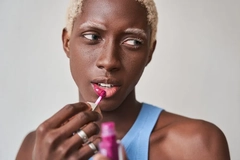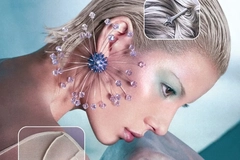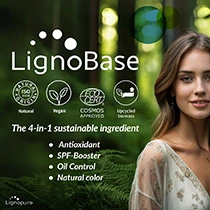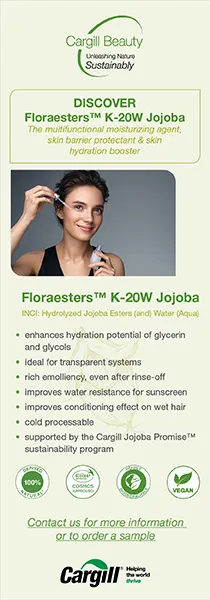Ethical aesthetics: Cosmeceuticals push beauty away from the needle
Key takeaways
- Beauty brands like Puredia and Seppic are developing non-invasive, biotech-based cosmeceuticals that mimic the efficacy of injectables.
- The trend toward ethical aesthetics emphasizes sustainability, transparency, and measurable results.
- Ingredient innovation is centered on functional natural actives that target hydration, firmness, and wrinkle reduction.
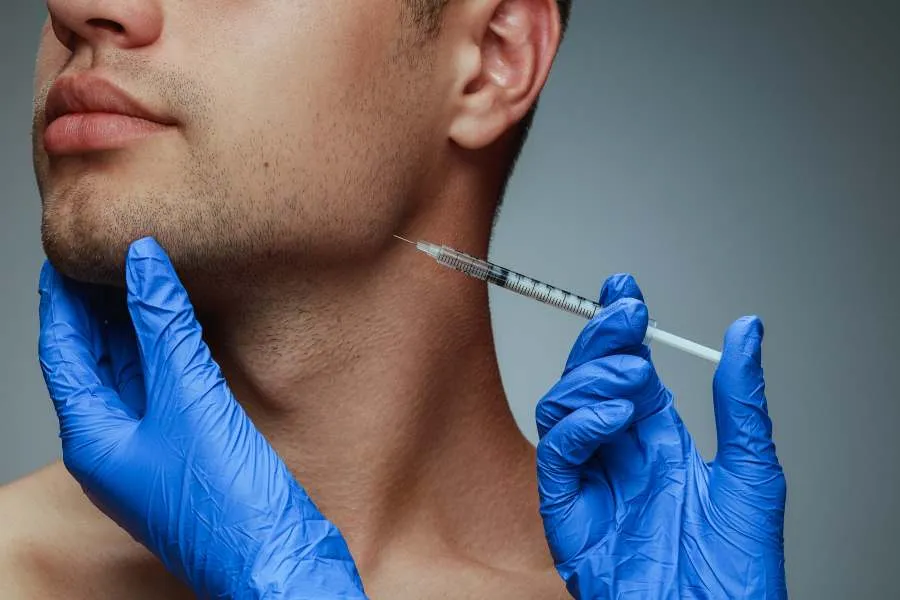
Anti-aging skin care is consistently sought after, but cosmetic injections are becoming increasingly desired, even among young consumers. Companies are responding with non-invasive solutions that mimic the efficacy of injectables.
Personal Care Insights speaks with Puredia and Seppic about how science, nutrition, and biotech come together to boost the skin’s natural barrier.
“I believe ethical aesthetics will become the mainstream expectation rather than a niche category. Today’s consumers are informed, environmentally conscious, and deeply attuned to values such as transparency, sustainability, and clean sourcing,” Michael Yuen, R&D manager at Puredia, tells us.
“The future lies in sustainable bioactives that deliver measurable results while respecting ecological balance and community welfare. Clinical integrity, ingredient traceability, and holistic wellness will define tomorrow’s beauty standards.”
Yuen shares that across the global cosmetics and wellness landscape, there is a decisive shift toward functional natural actives that combine visible results with scientifically supported skin benefits.
In particular, the beauty-from-within category is expanding rapidly, merging nutrition science with skin care.
Beauty omega
Consumers continue to seek solutions for visible signs of aging in high-expression facial zones, such as crow’s feet, forehead lines, nasolabial folds, and areas of dehydration-induced dullness.
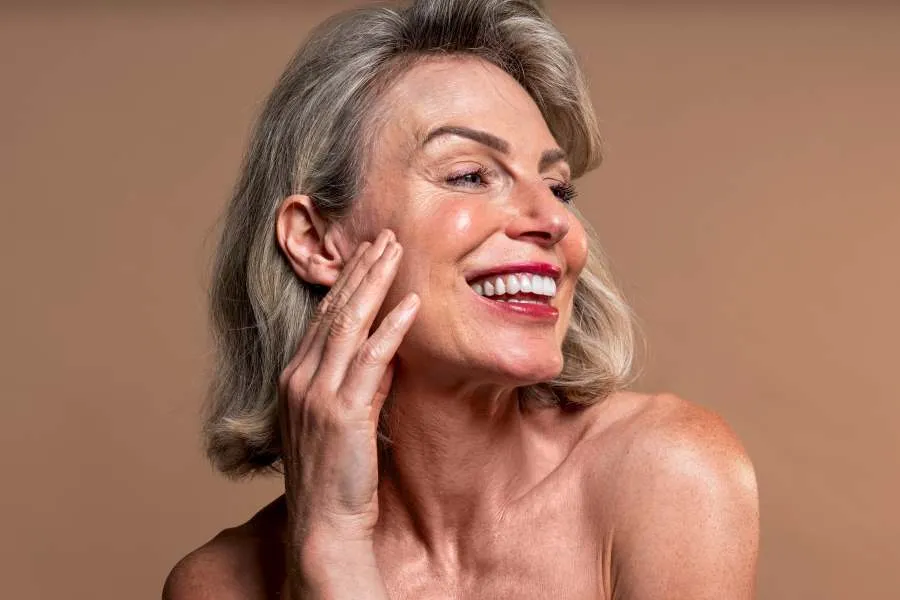 Hydration, firmness, and radiance are the top requests in skin care.“There is a growing preference for non-invasive alternatives that rejuvenate without altering natural facial features,” says Yuen.
Hydration, firmness, and radiance are the top requests in skin care.“There is a growing preference for non-invasive alternatives that rejuvenate without altering natural facial features,” says Yuen.
Yuen shares that one of the most promising ingredients in this space is Omega‑7, known as the “Beauty Omega.”
“It is a monounsaturated fatty acid naturally present in the skin and rich in palmitoleic acid — an essential component for maintaining hydration, elasticity, and barrier integrity. At Puredia, we’ve developed Omegia, a clinically validated ingredient derived from wild Himalayan sea buckthorn oil, which offers measurable improvements in skin hydration (+49%), elasticity (+26%), and wrinkle reduction (-14%).”
“While procedures like hyaluronic acid fillers and regenerative injections remain popular, the trend is clearly shifting toward preventive and restorative solutions powered by evidence-based bioactives rather than invasive repair,” says Yuen.
He details that hydration, firmness, and radiance are the top requests in skin care. Additionally, active ingredients such as Omega‑7, hyaluronic acid, niacinamide, and peptides are leading the way in meeting those goals through topical and ingestible applications.
Spa results at home
Claire Liu, global market and digital manager for Beauty Care at Seppic, tells Personal Care Insights about the company’s biotech wrinkle filler ingredient from plant-cell culture — Celtosome Eryngium Maritimum.
The ingredient is intended to be a non-invasive solution to hyaluronic acid injections.
“What’s interesting about this ingredient is that it plumps and fills the wrinkles from the inside. It more than doubles the skin’s own hyaluronic acid synthesis, with a 103% increase compared to a placebo.”
The active ingredient is recommended for use at a concentration of 0.05%. It has skin-plumping effects due to the presence of hyaluronic acid, and it provides a dermal reinforcement effect by increasing the synthesis of collagen and elastin. It is also rich in exosomes.
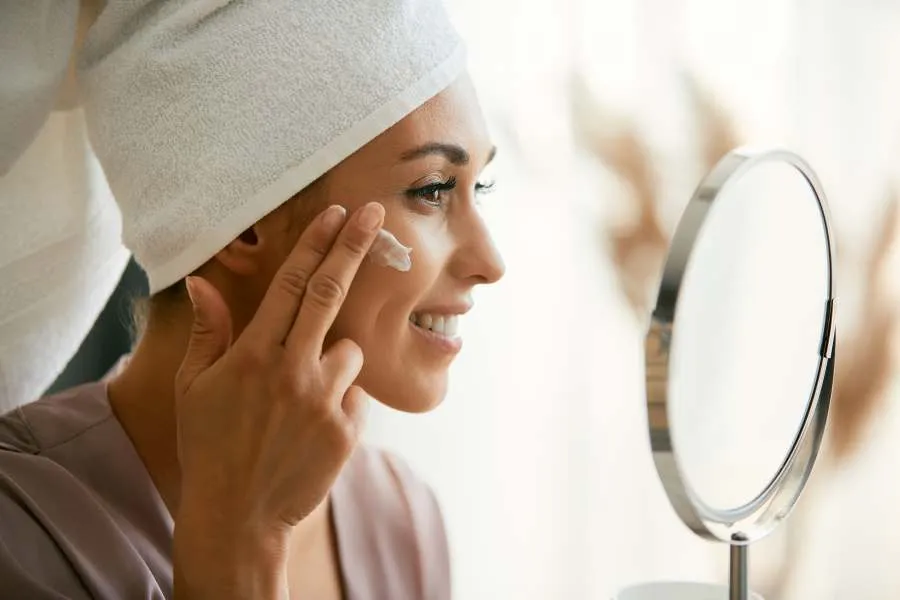 The ingredient is intended to be a non-invasive solution to hyaluronic acid injections.Seppic conducted a clinical trial including 62 volunteers. The participants received either a placebo or a cream with the ingredient for 28 days.
The ingredient is intended to be a non-invasive solution to hyaluronic acid injections.Seppic conducted a clinical trial including 62 volunteers. The participants received either a placebo or a cream with the ingredient for 28 days.
“We saw good results on wrinkle length, wrinkle area, and wrinkle volume. It really smooths the crow’s feet wrinkle area,” says Liu.
She shares that the finished product is primarily intended for skin care, but can be used for makeup.
Another innovation designed to provide clinical results at home is Indomo’s Clear Pen.
Last week, the US-based company gained US$25 million in funding for the at-home injectable therapy for inflammatory acne. The pen includes a microneedle self-injection device containing triamcinolone acetonide, a medication commonly used by dermatologists to treat acne.
Tapping into pharma
Multifunctional makeup and skin care is a rising trend in the beauty sector as customers expect multiple skin benefits from products. Similarly, this multi-action expectation is shifting to nutrition, leading brands and ingredient suppliers to study how specific nutrients may lead to holistic health and beauty benefits.
Cosmeceuticals are a bridge between pharmaceutical efficacy and cosmetic pleasure, says Yuen. He says the field is evolving into integrated “bidirectional beauty,” where nutricosmetic supplements complement topical formulations.
“The synergy between ingestibles and topicals allows for both instant and long-term outcomes. The topical component offers visible surface benefits, while oral supplementation supports deeper cellular processes for sustained skin health.”
Maintaining ethics
Regulations on cosmetic injections, such as Botox and fillers, are tightening around the world.
In June, the Australian Health Practitioner Regulation Agency announced the implementation of comprehensive guidelines and regulations to ensure consistent safety standards for dentists and nurses performing cosmetic injectables. Previously, these practitioners were able to operate without requiring additional education or training in aesthetic medicine.
 Botox was legal for people under 18 in England until 2021.At the same time, England banned remote prescriptions for non-surgical cosmetics, such as fillers and Botox. Prescriptions must now be given face-to-face to ensure safe and effective prescribing practices.
Botox was legal for people under 18 in England until 2021.At the same time, England banned remote prescriptions for non-surgical cosmetics, such as fillers and Botox. Prescriptions must now be given face-to-face to ensure safe and effective prescribing practices.
Botox was legal for people under 18 in England until 2021. The UK Department of Health estimated that 41,000 Botox procedures were performed on this age group in 2020, and over 29,300 dermal filler procedures between 2017 and 2021.
A recent survey found that US consumers pay little to no attention to the ingredients in injectable frown-line treatments, while paying more attention than ever to the ingredients in cosmetics and nutritional supplements.
Yuen says that in an era dominated by digital aesthetics and filtered imagery, transparent communication is key.
“Practitioners and brands must prioritize education over persuasion — guiding consumers to understand both the benefits and limitations of treatments and ingredients,” he says.
“At Puredia, we emphasize scientific validation and clinical evidence in our messaging, allowing consumers to make choices grounded in physiology, not fleeting beauty ideals. Ethical aesthetics means empowering people with informed decisions that reflect individual health and wellness, rather than conformity to unrealistic digital standards,” says Yuen.
He concludes that the company views ethical innovation as both a responsibility and an opportunity.
“Our commitment to sustainability extends from the sourcing of wild sea buckthorn in Tibet to our clean, solvent-free extraction technology. By combining nature’s intelligence with clinical science, we aim to create ingredients that support equal beauty, wellness, and ethical progress.”


